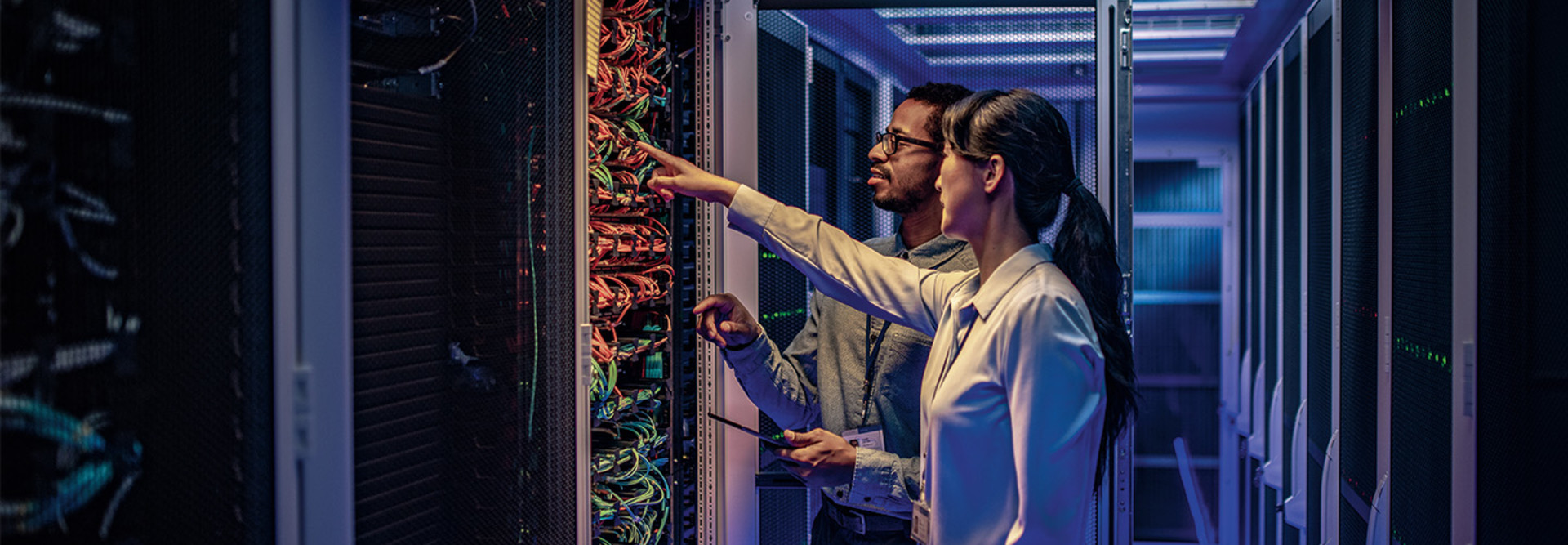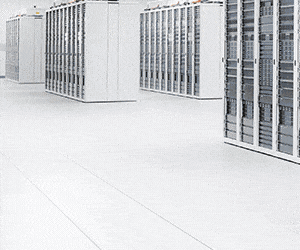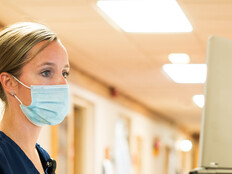“Observability helps identify security threats and potential breaches, and it assists in maintaining compliance with healthcare regulations like HIPAA,” says John Wilson, senior director for public sector and director of sales for healthcare at SolarWinds.
Observability is a core part of DevSecOps, which is the integration of security into the software development process without slowing down the work of developers, according to Patrick Lin, senior vice president and general manager of observability at Splunk.
“You can catch security issues early, right before they make it out, and do it in a way that does not slow down your development cycle,” Lin says.
“Observability integrates with DevSecOps practices to enhance the collaboration between development security and operations teams. That ensures that security is embedded throughout the development lifecycle and the operational process,” Wilson says.
He also explains how organizations use predictive analytics as part of observability.
“By leveraging predictive analytics, observability tools can forecast potential issues and system behaviors. That allows healthcare organizations to prepare and respond proactively, which enhances system reliability and patient care,” Wilson says.
Observability vs. Monitoring: How They Compare in Healthcare
While observability provides a holistic view of a healthcare network’s performance, monitoring is an element of observability that lets organizations track specific data, such as the performance of connected medical devices.
“Monitoring is a big component with hospital devices and the Internet of Things. Observability goes beyond monitoring to proactively look at everything holistically and give you insights into the internal state of the systems and how things are working collectively,” Wilson says.
Examples of monitoring entail tracking a network to make sure the right number of packets travels from point A to point B, or keeping tabs on CPU use or the number of requests an application is serving, Lin says.
Monitoring is “more of a reactive activity that’s taking place, but ideally we want to become more proactive and try to address issues before they become major events,” says Christopher Kunney, 2024 HealthTech influencer and host of the Straight Outta Health IT podcast.












